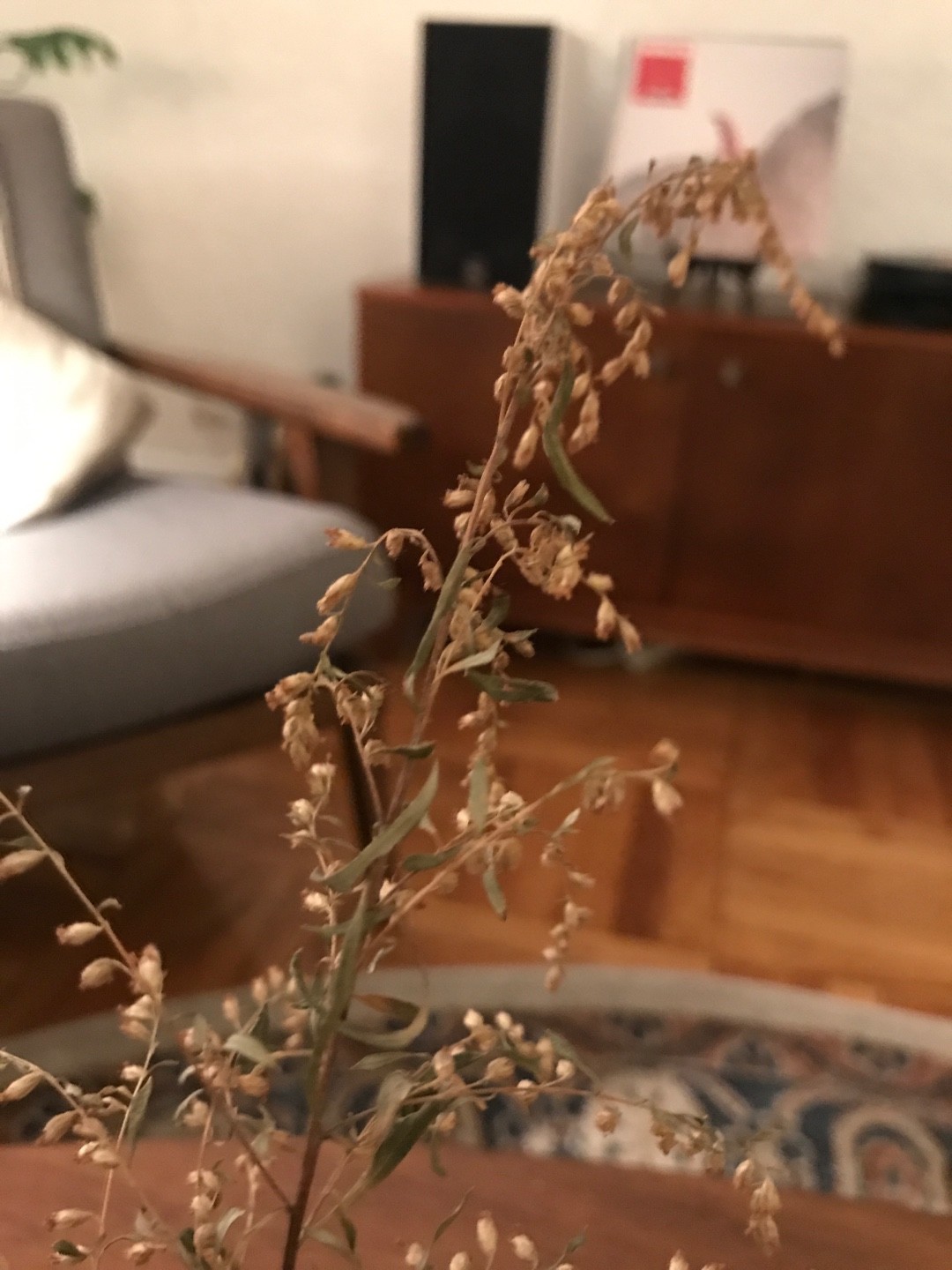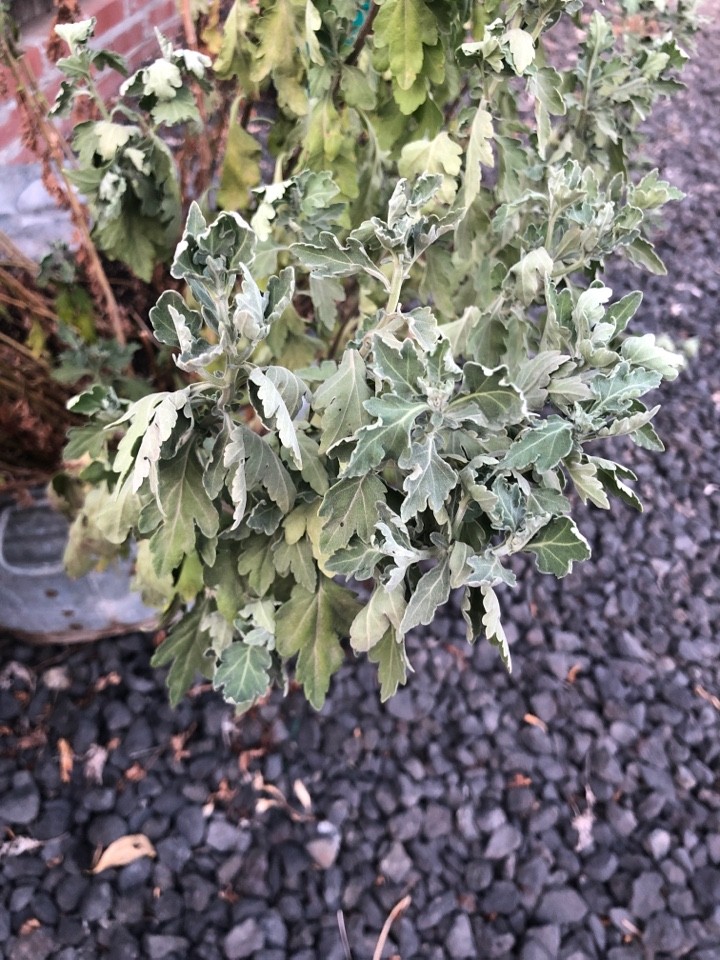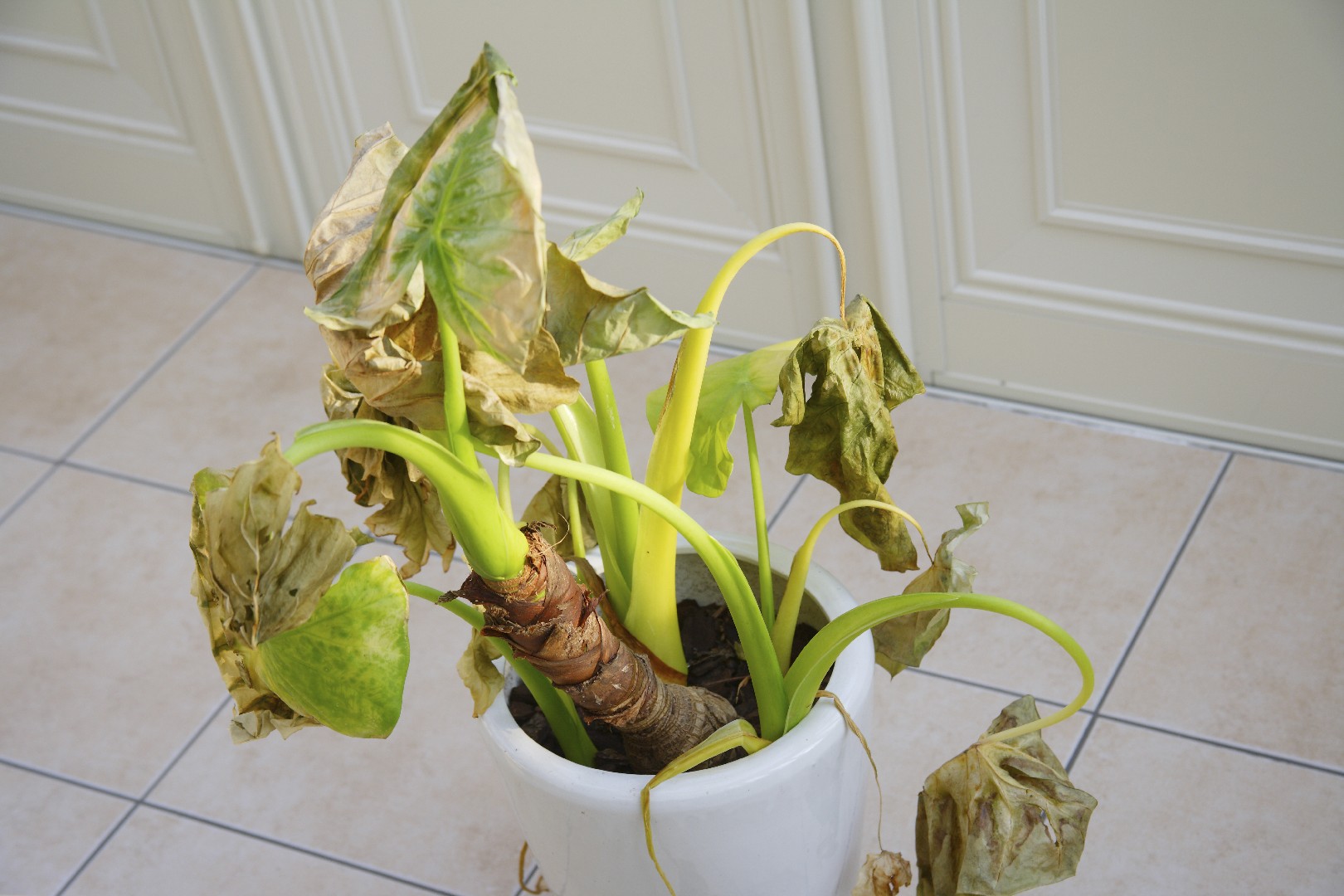Mealybug
Mealybug disease causes infestations primarily in the form of clusters of white, cotton-like masses on Coastal wormwood. These pests drain the plant's sap, leading to stunted growth, leaf discoloration, and if untreated, potentially plant death.


















